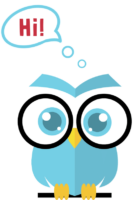Your Reading Comprehension Toolkit: Making Predictions
Students love making predictions. And building anticipation for what might happen next is an easy way to make reading fun.

- Before Reading- What will the book be about? Who will the main characters be? What big events will happen in the story? Where will the events take place?
- During Reading- How will a character respond to the problem? Who might help the character solve the problem?
- After Reading- Which predictions were correct? Which predictions were incorrect? Why were the predictions incorrect?
Once students have mastered answering these types of simple questions. It's time to take it up a notch. For predictions to be a truly useful comprehension tool, students need to base their predictions on evidence from the text. So, for example, if your students predict that the main character will meet an alien, ask the students to point to the evidence. If there’s a spaceship hovering ominously above the main character, great, the aliens are probably coming! If not, encourage them to take a closer look at the clues left by the author.
Books and Paired Lesson Plans to Help You Teach Students to Make Predictions
If You Give a Mouse a Cookie by Laura Joffe Numeroff
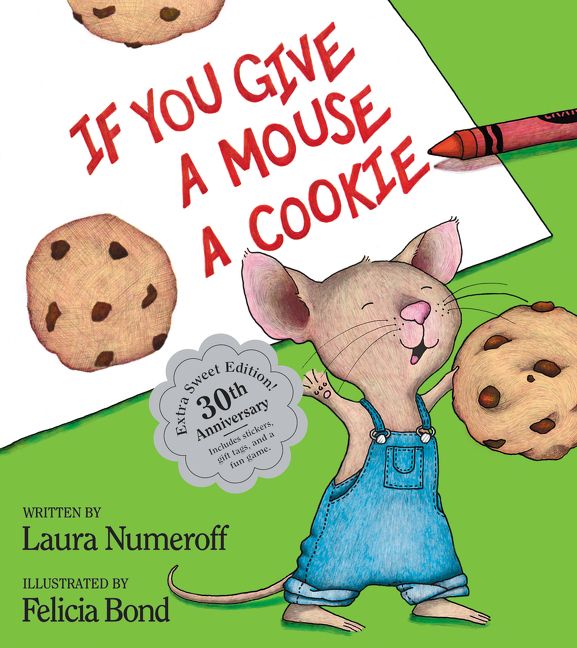
If You Give a Mouse a Cookie by Laura Numeroff is a delightful book that takes young readers on a fun adventure with an energetic little mouse. The story begins when a kind-hearted child offers the mouse a cookie. However, this small act of generosity sets off a chain reaction of funny and unexpected requests from the mouse. Each time the child fulfills one wish, the mouse asks for something else, leading to a series of entertaining and sometimes chaotic events. The book playfully illustrates cause and effect, as the mouse's requests loop back to the beginning, showing that every action has a consequence.
If You Give a Mouse a Cookie is the perfect picture book to use for a mini lesson focused on making predictions. Early readers will be able to use the distinct cause and effect text structure to predict each of the mouse's requests and whether the boy will fulfill those requests.
Corduroy by Don Freeman
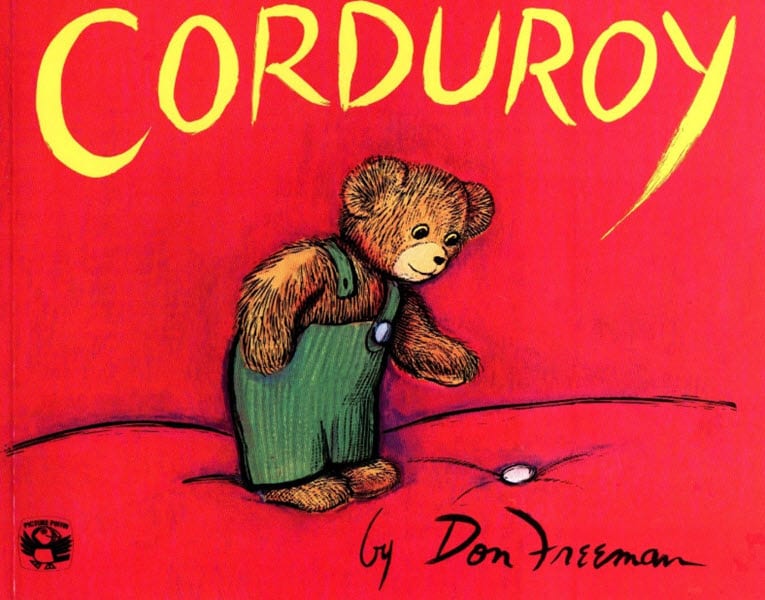
This is an excellent book to use when teaching more advanced readers to synthesize becuase the main character's connection to poetry evolves throughtout the text, making it a plot point to examine and through synthesizing.
Caps for Sale by Esphyr Slobodkina
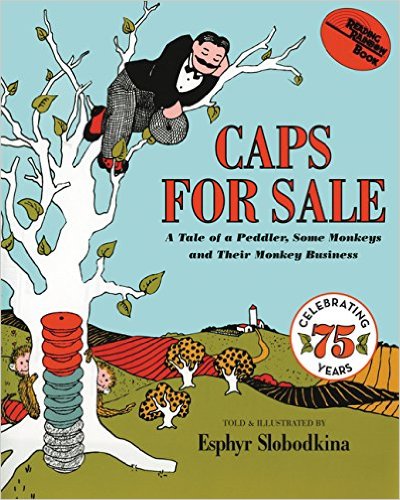
Caps for Sale by Esphyr Slobodkina is a classic and beloved children's book that follows the misadventures of a cap peddler and a group of playful monkeys. The peddler carries a stack of caps on his head, trying to sell them to passersby. However, after a long day without any sales, he decides to take a nap under a tree. To his surprise, upon waking up, he discovers a group of mischievous monkeys wearing his caps. The peddler tries various tactics to retrieve his caps from the monkeys, but they imitate his every move, leaving him in a comical predicament. With its repetitive and engaging narrative, Caps for Sale offers young readers an entertaining and interactive experience, as they join the peddler on his humorous quest to outwit the monkeys and retrieve his caps.
Caps for Sale is a smart choice for a lesson focused on making predictions because the text follows a very logical cause and effect sequence, providing students with many opportunities to check their predictions against the actual outcomes of the book.
Rosie's Walk by Pat Hutchins
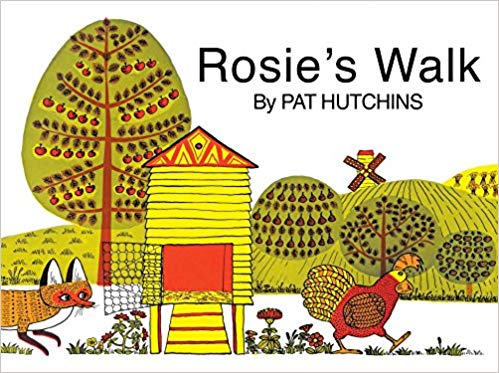
Rosie's Walk by Pat Hutchins is a delightful and clever picture book that follows the adventurous journey of a plucky hen named Rosie. As Rosie sets out for a walk around the farmyard, she is blissfully unaware of the hungry fox lurking nearby. Unfazed by the potential danger, Rosie goes about her walk, crossing various obstacles and landmarks, all the while oblivious to the fox's attempts to catch her. The book's charm lies in the irony, as Rosie's walk takes her on a seemingly oblivious but ultimately safe and circular path. Meanwhile, the frustrated fox meets humorous mishaps at every turn, unable to catch his prey.
By using Rosie's Walk as a springboard for instruction, readers will learn how story structure can inform predictions while reading. This book and lesson plan will help students identify the patterns within Rosie's Walk to make logical predictions about the events in this story.
Olivia by Ian Falconer
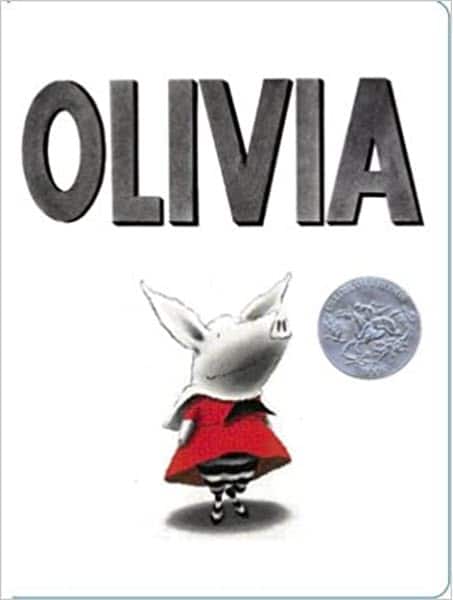
Olivia by Ian Falconer is a delightful and imaginative children's book that follows the charming adventures of an exuberant and spirited young pig named Olivia. Throughout the story, Olivia takes readers on a playful journey through her daily life, showcasing her vivid imagination and unique personality. Whether she's dressing up, creating art, or embarking on imaginative play, Olivia's antics are sure to entertain your students and keep them engaged.
You can use the story of Olivia's days at the beach, the museum and while playing at home to help beginning readers make predictions. Students will be able to make logical predictions based on their own experiences and prior knowledge of Olivia.
Doctor De Soto by William Steig
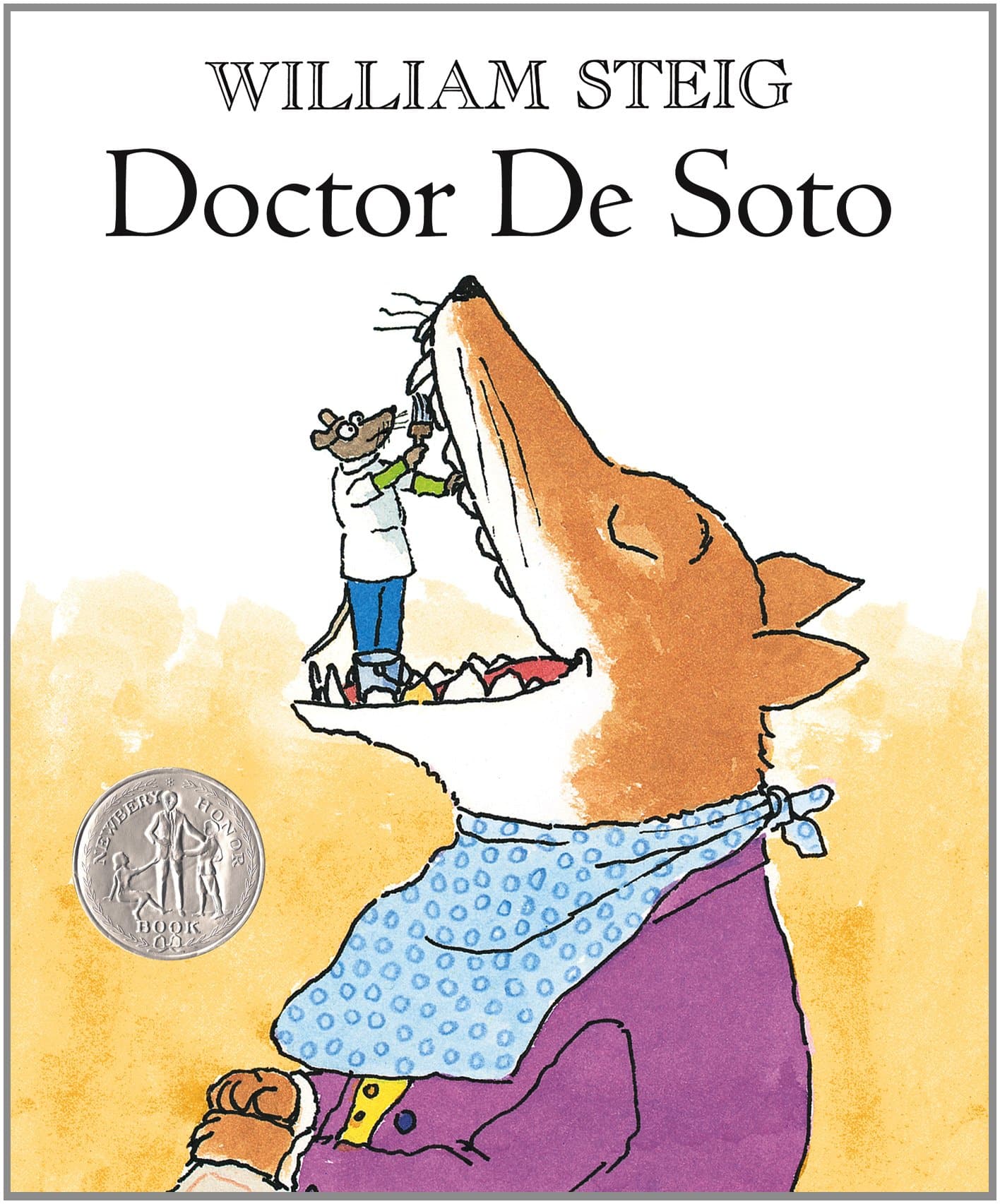
Doctor De Soto by William Steig is a heartwarming and imaginative children's book that follows the adventures of a kind and clever mouse dentist named Doctor De Soto. In a world where animals of all sizes seek his dental expertise, Doctor De Soto has one strict rule: he does not treat dangerous animals, especially those who might eat him. However, when a charming and suffering fox with a toothache begs for his help, the compassionate doctor and his wife decide to take a risk and treat him. They construct a brilliant plan to keep the fox's mouth shut during the treatment, ensuring their safety. As the story unfolds, the mouse dentists demonstrate wit, compassion, and resourcefulness, teaching young readers the value of kindness and ingenuity.
Use the paired lesson plan and set of resources to help your students make predictions - Will Dr. and Mrs. De Soto deviate from their business plan and risk their personal safety to treat a fox with a painful toothache? Are the fox's intentions genuine? As the anticipation builds in this story, your students will have countless opportunities to practice making predictions.
Stellaluna by Janell Cannon
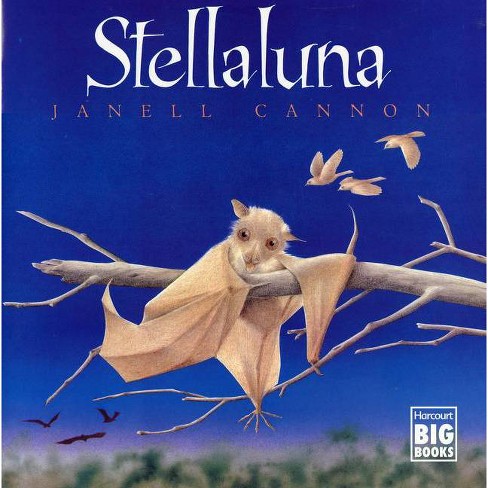
Stellaluna by Janell Cannon is a touching and beautifully illustrated children's book that tells the heartwarming tale of a young fruit bat named Stellaluna. After being separated from her mother during an owl attack, Stellaluna finds herself in an unfamiliar world surrounded by a group of birds. Despite their differences, Stellaluna tries to adapt to her new surroundings and follow the bird's behavior. She learns to eat bugs and sleep during the day like her bird friends. However, as much as she tries to fit in, she can't shake her bat instincts, especially when it comes to her love for eating fruit and sleeping hanging upside down.
Throughout the story, Stellaluna navigates the challenges of being different, and eventually, she is reunited with her bat family. The book beautifully captures themes of acceptance, friendship, and the importance of staying true to oneself.
This book is a smart choice for students who are learning to make logical predictions while reading. There are several action sequences in this book that present readers with many opportunities to anticipate the results and purpose of those events.
Four Ways to Help Your Students Make Better Predictions to Improve Comprehension
Build a Prediction Puzzle
Teach students to support their predictions with evidence from the text by building Prediction Puzzles.
Start by writing a prediction on a puzzle piece. Then help students gather clues from the pictures or the text that support the prediction. Write each clue on a puzzle piece. Then put the puzzle together. By providing readers with a visual representation of how predictions are tied to the text, they will begin to make more logical predictions.
Play Prediction Kings and Queens
Who doesn’t love a little friendly competition? Before reading or during reading, ask students to stop and make a prediction (e.g., what a character will do, how a character will react, how a situation will turn out). Once you’ve brainstormed some predictions, have students vote on which one they think will be true. Have students sit in “teams” according to their predictions.
Then read the story and see which group was right. You could let the winning group do a happy dance, or you could give them paper crowns and let them be Prediction Kings and Queens for the remainder of the day.
Bonus: This can be more than just a language arts activity! Use prediction teams to make predictions about the outcome of a science experiment. Or have students make predictions about daily or school events (e.g., which class will collect the most cans for a can drive).
Become Fortune Tellers
Make predicting magical. Invite students to pull out their imaginary prediction balls. Gaze into them and tell the future of a story. Help students tell logical fortunes using prediction task cards or by prompting them with prediction sentence starters like these:
I'm guessing...
Maybe this means...
I predict ______ because _______ ...
Take Predicting to the Next Level
Predicting is a natural link to cause and effect. Use what students know about making predictions to identify cause and effect within a text. For example, ask: What caused this character to be so upset? What do you think will happen if the character misses the bus—will it have a positive or negative effect?


